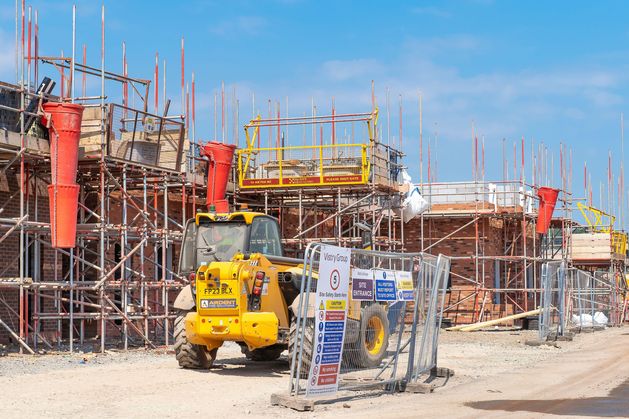However if productivity improved in the building sector, less than 20,000 extra workers would do, it says.
Ireland’s infrastructure is reckoned to be 25pc lower per person than the average for a high-income European country. While that gap has narrowed since 1995, the Fiscal Council says, there are still significant shortfalls in housing, health, transport and electricity.
The report says one of the biggest barriers to delivering infrastructural projects has been the planning system, because its “slow and unpredictable nature” increases costs and delays.
Niall Conroy, the lead author of the report, said: “Ireland’s infrastructure deficits are long-standing issues which cannot be resolved overnight. They require a planned, multi-year approach.
“Ireland already spends a high amount on public investment relative to the size of its economy. The challenge is sustaining this, and getting better value for money.”
According to the report a “key issue” for addressing the infrastructure deficit is productivity levels in the construction sector, which are low by international standards. Recent research shows productivity is about 32pc lower than the average, and less than half that of Norway, for example.
Looking at the reasons for this, the Fiscal Council says low investment by building firms may be one explanation. “This is partially due to the boom-bust nature of the housing market in Ireland,” the report says.
“Investment in the construction sector has remained low since the financial crisis. The productive capital stock of the sector is 20pc below 2008 levels.”
Another reason for relatively low productivity is because most Irish construction firms are quite small. Only two big firms are building houses – Cairn and Glenveagh.
“Typically, larger firms are more productive in construction, as they are better able to invest in the latest technology,” according to the report.
Ireland has been slow to use modern construction methods, even though they require at least 70pc less labour, and reduce costs by an estimated 20-40pc.
“A significant increase in the adoption of these methods could make it possible to produce much higher levels of housing with the same numbers of workers, and at a lower cost,” the report points out.
Unless productivity is improved, many more construction workers will be needed to build the houses the country requires. “For example, to bring housing completions from 32,600 in 2023 up to 68,500 would require approximately 50,000 extra construction workers,” the report says.
In terms of housing, lack of public spending is no longer an issue, as it has increased substantially since 2015, and as a share of national income is now the second highest in the eurozone.
About one quarter of the finance for housing comes from the State. Getting completions to 68,500 would require an extra €12bn a year, which would mean the State chipping in another €3bn.
“However, as government spending on housing is already amongst the highest in the eurozone, one might expect much of the additional financing to come from the private sector,” the Fiscal Council report says.
It also points out that, last year, of almost 31,000 work permits issued, fewer than 1,400 related to the construction sector, or less than 5pc of the total.

